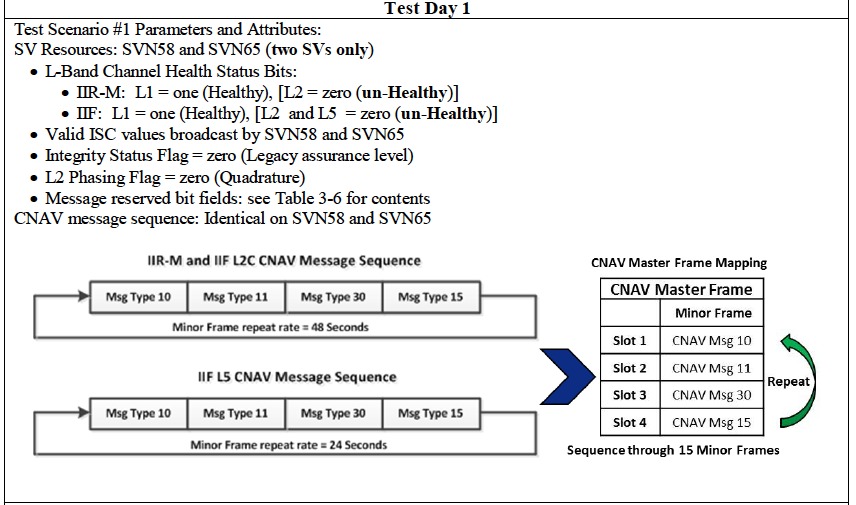NextNav recently tested its assured PNT TerraPoiNT system with LTE and 5G signals, demonstrating the solution is a viable alternative to conventional GPS and GNSS.
With these initial tests, held in San Jose, TerraPoiNT delivered accurate 3D positioning and timing information after being integrated with existing cellular signals, according to a news release.
The solution uses dedicated terrestrial transmitters and LTE/5G signals to provide accurate 3D positioning and timing information. It can augment or complement GPS in GPS-denied environments, including indoors, in urban areas and when there’s interference.
“Whether its utilities, banks, data centers, transportation or emergency services, critical infrastructure today is reliant on GPS for position, navigation and timing services, making it highly vulnerable to GPS as a single point of failure,” NextNav Co-Founder and CEO Ganesh Pattabiraman said, according to the release. “With this integration we have demonstrated a highly scalable and lower cost alternative—a 3D PNT solution which overcomes the vulnerabilities of GPS with a complementary ground based resilient PNT layer that extends PNT capabilities in urban and indoor environments.”
These test results come after a European Joint Research Centre (JRC) report released earlier this year highlighting NextNav’s TerraPoiNT among technologies that met or exceeded relevant benchmarks to serve as a resilient layer for existing GPS and GNSS technologies. The solution offers both horizontal and vertical location services while remaining commercially deployable and cost-effective for end-users.
The JRC report, executed on behalf of the European Commission’s Directorate-General for Defense Industry and Space (DEFIS), was based on rigorous testing and data analysis. It identifies alternative solutions and serves as a guide for policymakers who will select and implement such technologies to strengthen the resilience of the European Union’s economy and critical infrastructure.
Throughout the JRC testing, TerraPoiNT demonstrated indoor positioning, timing and navigation, including vertical location accuracy within 2 meters 90% of the time, according to the report. It was also one of three technologies to successfully demonstrate timing stability over multiple days of GNSS loss. Overall, it exceeded critical infrastructure requirements by maintaining timing stability within 15 nanoseconds 90% of the time.
TerraPoiNT has signals that are 100,000x stronger than traditional GNSS, making them more resistant to spoofing and jamming. The service also can support methods to authenticate and encrypt signals to counter hostile attacks and other interference. It can receive timing through multiple sources, including atomic clocks and fiber networks, and transfer it wirelessly over the air across large distances. The solution also delivers similar or better levels of outdoor PNT performance as it does indoor, allowing for 3D navigation capabilities that incorporate both horizontal and vertical location.
TerraPoiNT operates in the 900 MHz band in the United States and the 800 MHz band in Japan. In the U.S., it operates in a band geared toward terrestrial multilateration, specifically in the 920 MHz band. The JRC recommends that spectrum be allocated for terrestrial PNT resilience within the EU.






